PROJECTIONS AND ROOT SIMULATIONS
Revisiting Projections
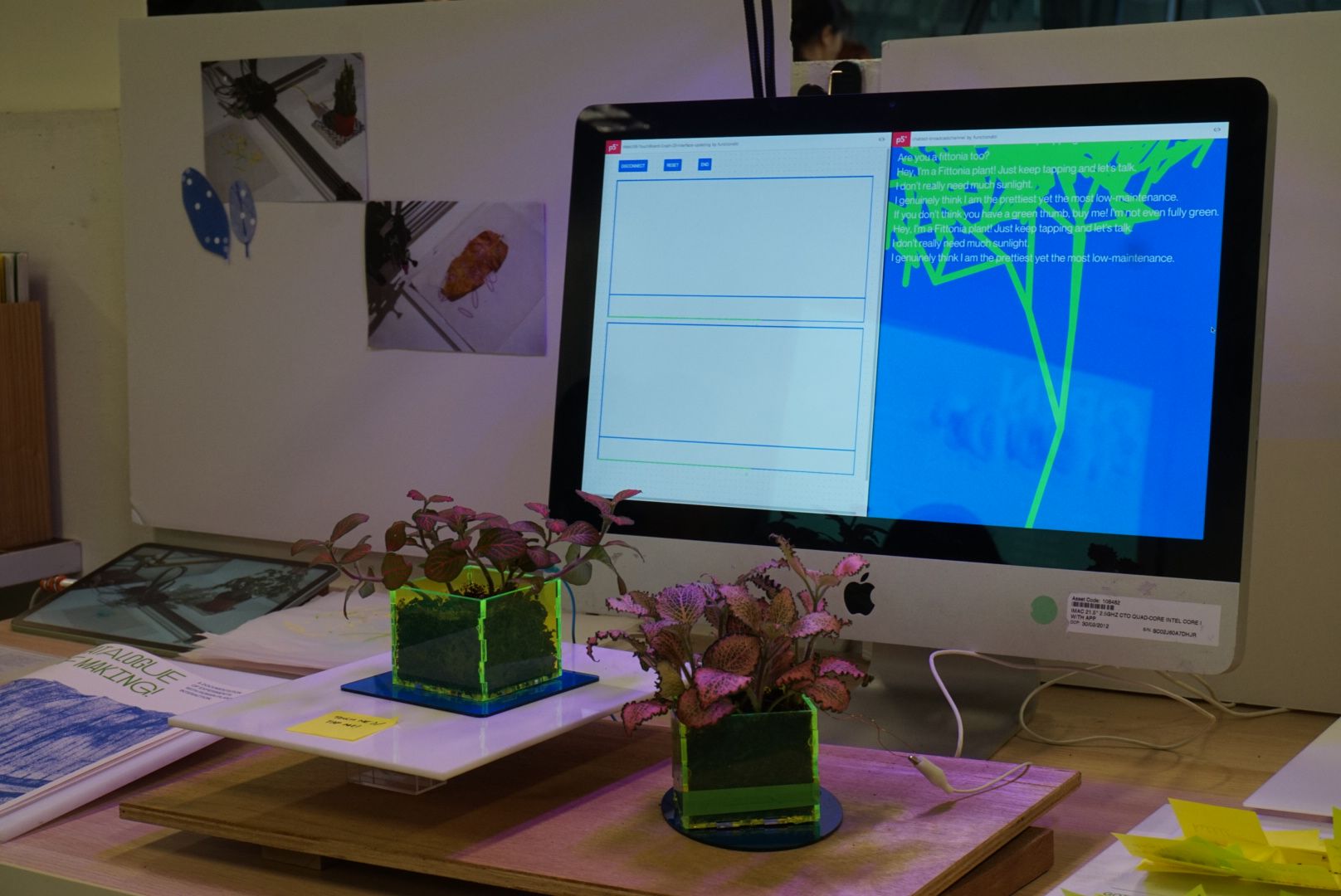
Based on class feedback from last week, I decided to experiment with using projections as a means to situate the text and plant in one place! I thought about revisiting the use of the projector in front of the plant and cast it on a wall behind, but in Week 6 when I tried it, I felt that the configuration was extremely awkward.
I thought about using a top-down approach instead, with a speech bubble appearing on the horizontal plane next to the plant. When someone would touch the plant, the text on the screen would change.
I also decided to incorporate some additional visual cues, like a set of roots that would keep growing in accordance to the touch. But… I ended up being more fascinated by the growing roots than the text itself, which is not a great sign.

Making a Decision
I think I’m just gonna let the chatbot thing go. So far I have really been struggling with figuring out what would make an engaging conversation or dialogue and it was getting quite banal.
Setting up the conversation framework/structure itself was turning out to be a challenging issue. Firstly, I had absolutely no idea how to link the Botpress chatbot and outcomes to a html/css web application. Additionally, I was spending a lot of time setting up the nodes for conversation flow within Botpress cloud, but the conversation itself was quite repetitive and a bit cheesy and predictable itself.
Additionally, something that was grating on me was Nitya’s feedback/advice from Open Studios: through this prototype, am I enabling Human-Plant Interaction, aka communication between human and plant, or more importantly, communication between human and computer through plant?
Of course, communication with a plant is a time consuming process without any sensing or actuating, and physical responses such as plant direction and turgidity are phenomena that occur slowly over time. The whole point of augmenting plants to create a Living Media interface is to speed up that change of state (aka accelerating the speed of change).
When I try to enable a text-based response from the plant, while also relying upon platforms like ChatGPT to help me create responses on behalf of the plant, what I’m actually doing is enabling human-machine interaction through plants, which is also valid but definitely different.
Okay so maybe I work on the visual aspect instead.
Using Roots as a Visual Language?
I looked into the idea of using roots as a visual language. How do plants communicate with each other? Earlier last year I looked into how plants communicate with each other through the Rhizosphere, a collection of microorganisms like fungi and bacteria that work in tandem with the soil moisture content and other chemical ions present to release nutrients and other things the plant might need.
Now I’m not a biologist so some of this clearly went over my head, but in essence, plants communicate with each other through the rhizospehere, present in the roots.
What if plants could communicate with us using roots as a visual language as well?


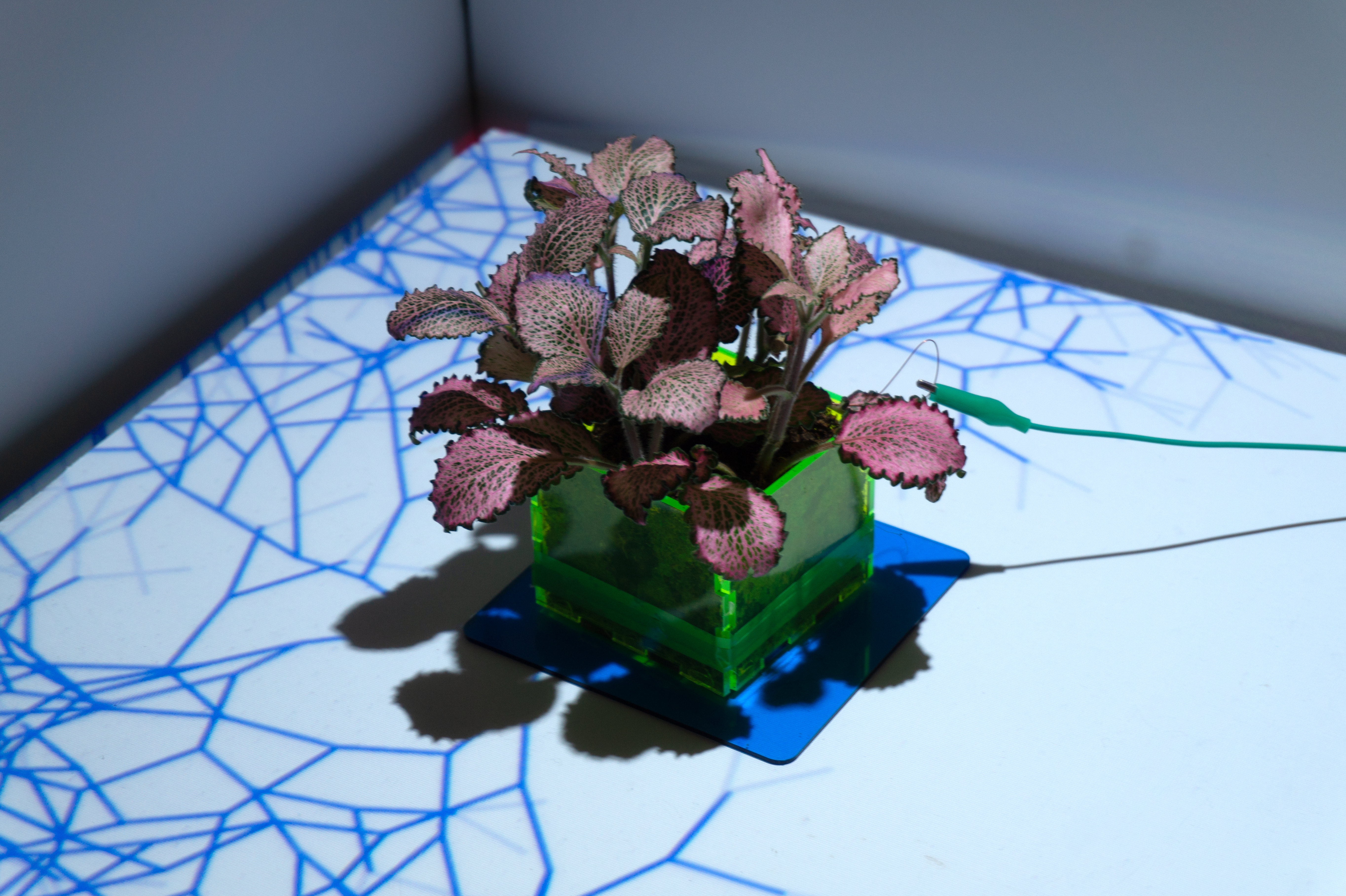
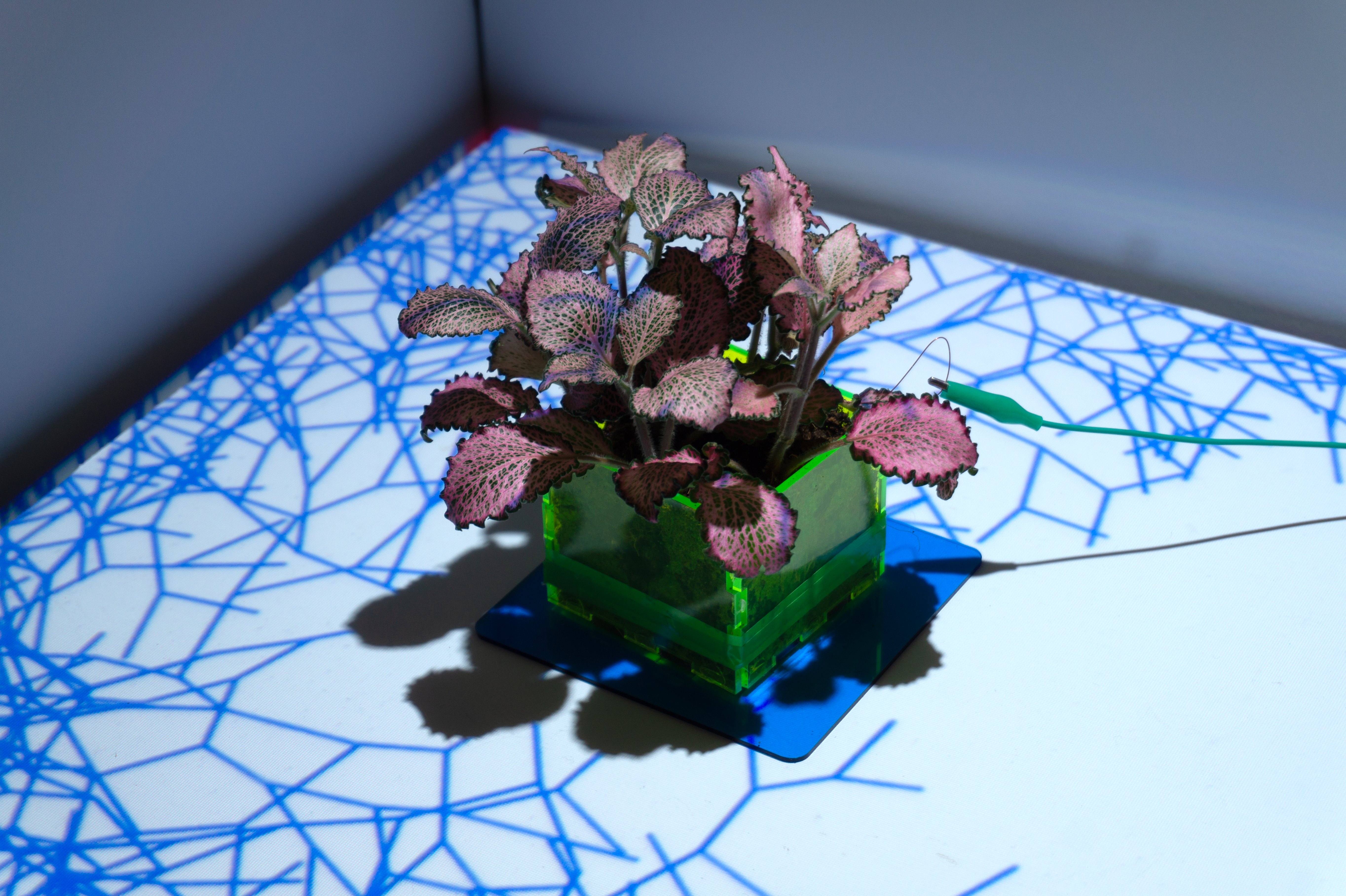
Shelving this experiment.
I decided not to go forth with this experiment after some thought. I think using projections as a primary means of communication was not ideal because it was quite limiting: the setting had to be dark, there was no aspect of portability, and even visibility was affected when the participant would put their hand in the frame and cast a show on the screen instead of the projection. While this was a visually fascinating experience, it had too many parameters to take into consideration.
Making my Axidraw Zine!
I planned to submit my Axidraw experiment as a deliverable as well, as a first prototype. This meant that I could not submit the crumpled mess of translucent paper sheets I displayed at open studios! So I was going to recreate the zine.
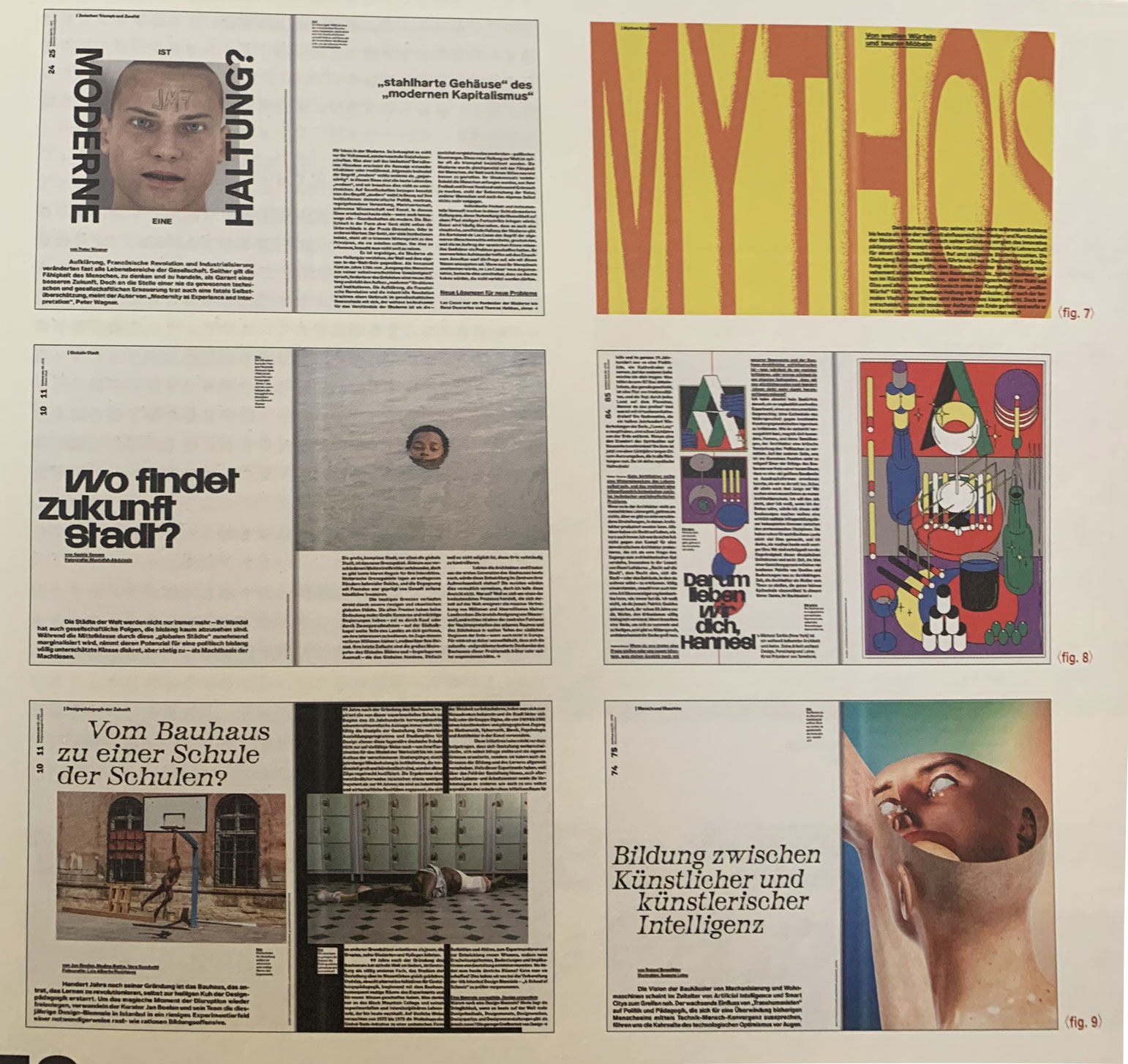
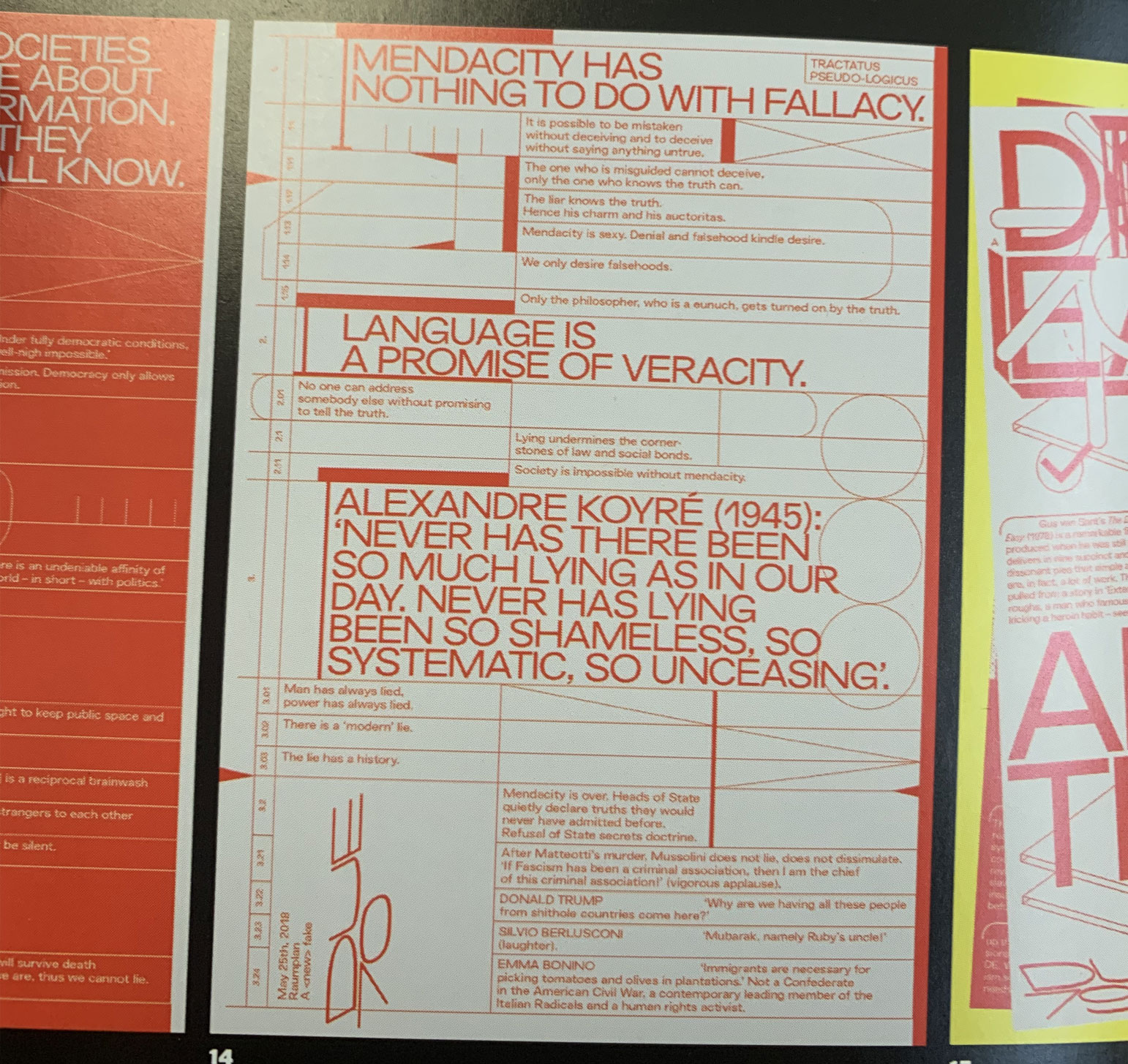
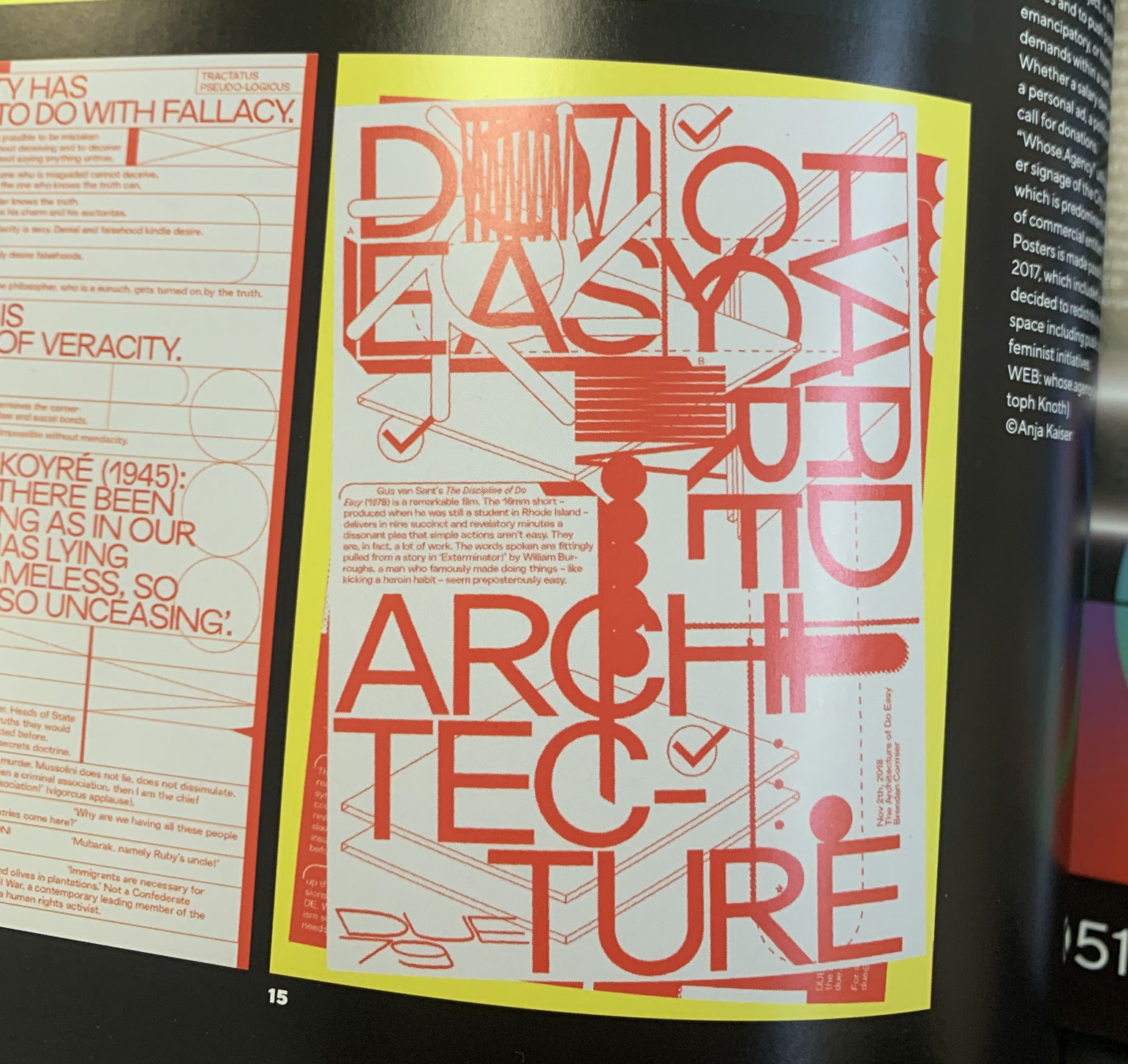
I also decided to adjust the layout of how the Axidraw draws its ellipses and create a more intentional and curated outcome.
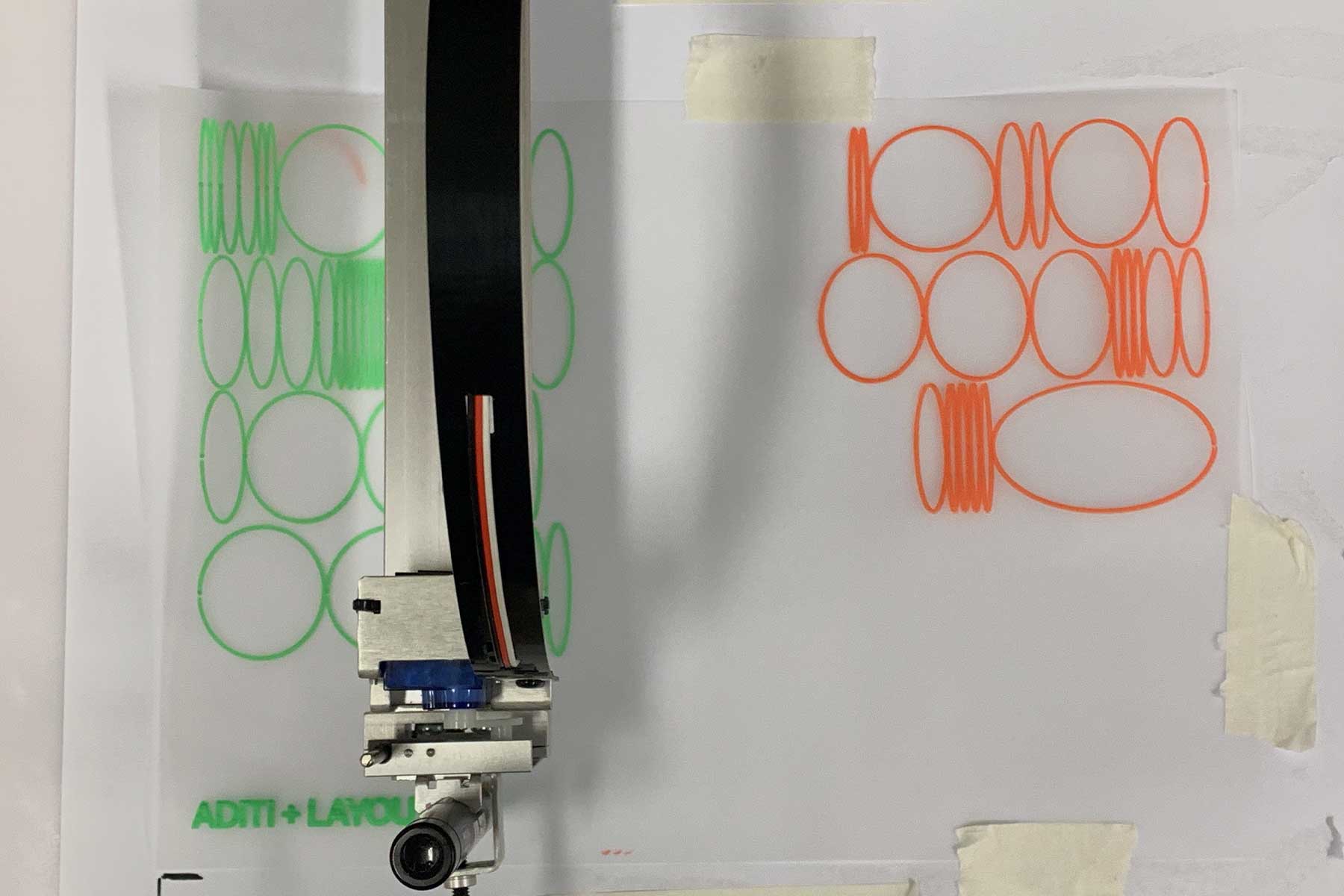
Reflections
It hit me at this point that I was most definitely running out of time! My second prototype needed a major overhaul (must work on next week) and my first prototype still needed to be wrapped up nicely in the form of a zine. I also had a huge chunk of my Creative Process Journal left and i have no clue when I will get the time to do so.
I even have my Catalogue of Making left to redesign and reprint... as well as video documentation for both prototypes! The panic is truly setting in.